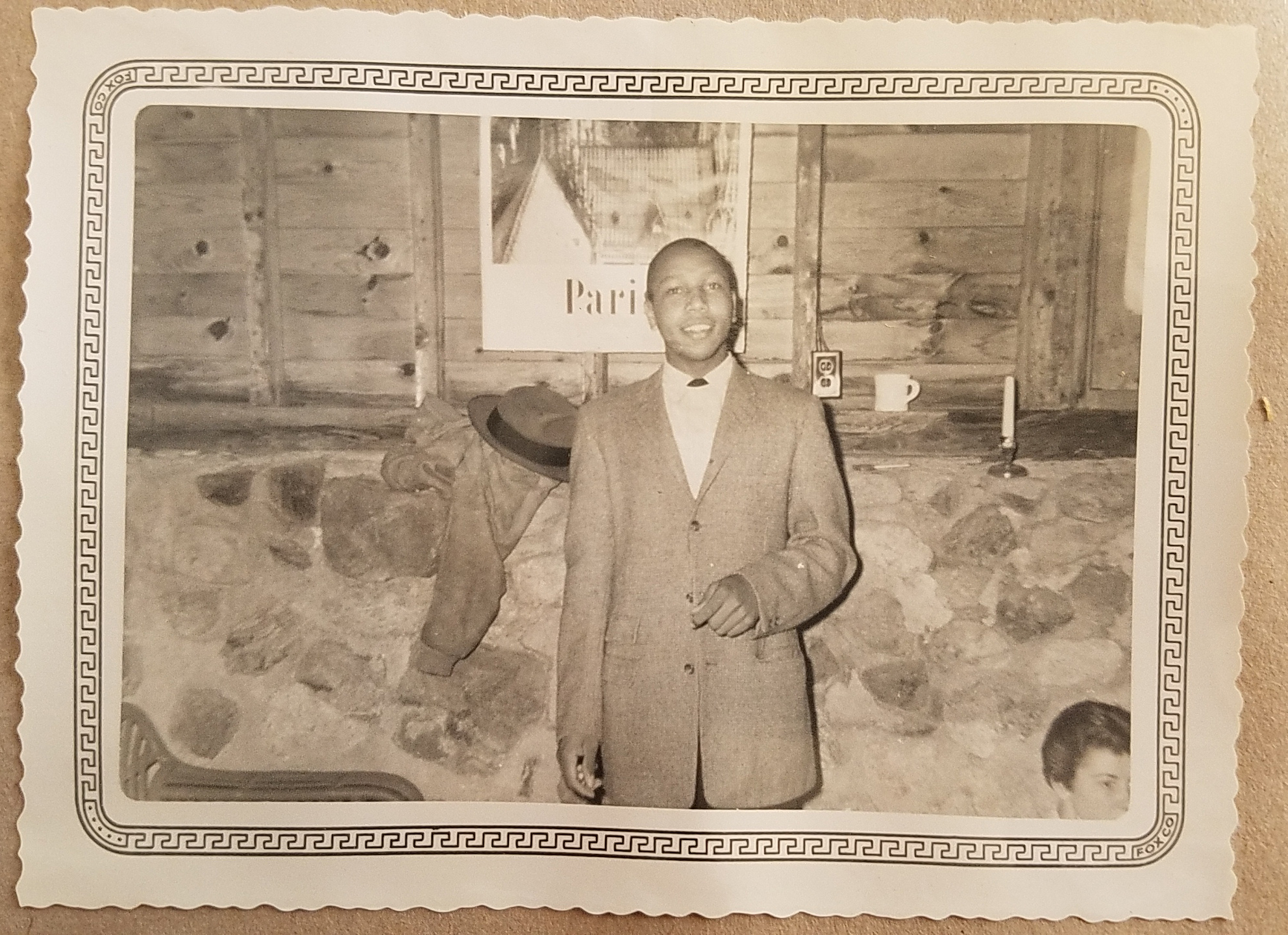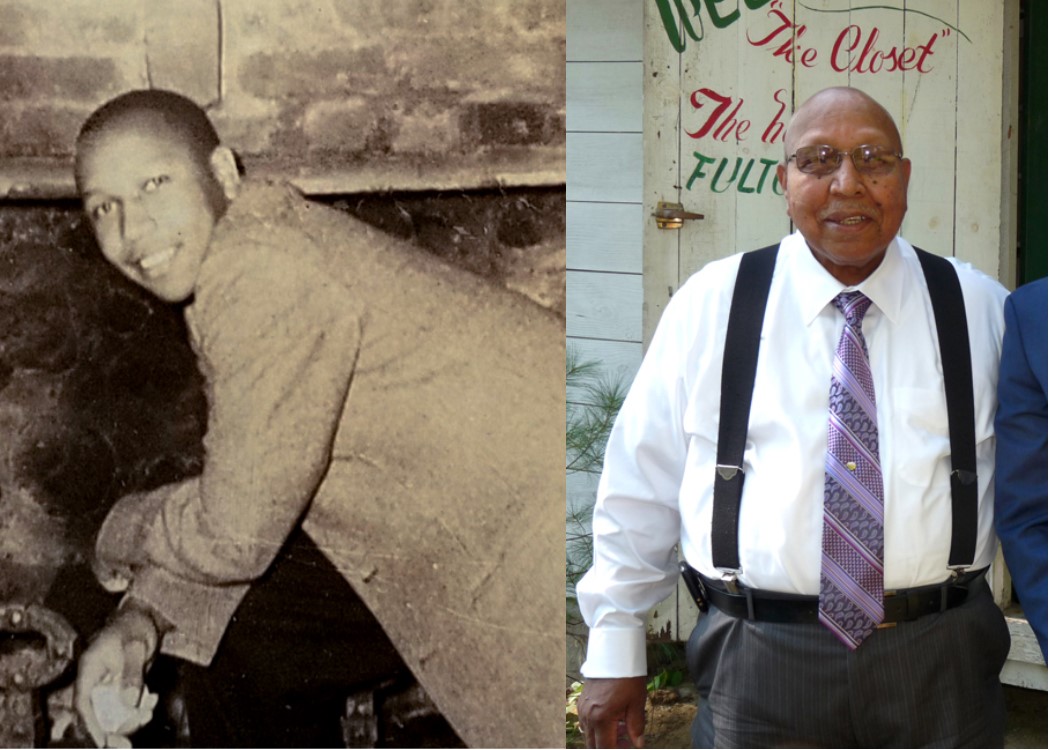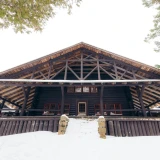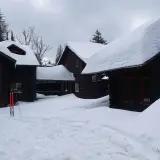Everything in the Adirondacks tells a story, whether it be ecological, social, or cultural. Often interwoven in the abundant natural history narrative is one of human relations and community. Of course, we’ve all read about guides and loggers: traditional Adirondack ways of life. Though sometimes forgotten, others have left their mark on the Adirondacks in more ways than one.
In 1957, Fulton Fryar was invited to Seagle Music Colony (today known as Seagle Festival). This was significant because Fryar was the first African-American to come to Seagle. Segregation was still very real throughout the country, the Civil Rights Act of 1957 was not signed into law until September of that year, and hard-earned Civil Rights Movement victories in Congress wouldn’t be won for several years still.
Then-director John Seagle was so impressed with Fryar’s talent, he wanted him to come study at Seagle Music Colony. Fryar’s story is one of embracing art and finding the light.

Home again
Originally from North Carolina, Fryar was only 17 years old when he first came to Seagle. Many of the students who were Fryar’s peers were also from the southern part of the States, where segregation and racial inequality were still widespread. Although Fryar was welcomed at Seagle, he slept in separate quarters. While the institution itself was not segregated, racial attitudes in the United States made people cautious.
But Fryar was not bothered by this at the time.
In his separate lodging he was not kept up at night by other campers (who would likely be singing 99 Bottles of Beer), and his room may have in fact been nicer than the traditional dorm rooms. He put his own touch on the decor, painting meaningful objects and lines from poems on the walls. One stanza, from Tennyson’s “Crossing the Bar”, seems an odd choice, since its subject is crossing from life to death, but the tone is one of accepting fate instead of fearing the unknown. For Fryar, his room was an escape if he was having a bad day and the decorated walls provided inspiration. On top of singing at Seagle, Fryar was invited to help design sets because of his paintings in his room. In an interview with PBS, Fryar professed that the poems and art would “bring him out of darkness” to help him find the light again.
“The Closet”
“The Closet,” as Fryar affectionately named his room, was modest: maybe 12 by 6 feet. It was attached to the laundry building, and essentially abandoned after Fryar left. The Closet sat empty for nearly six decades. After falling into dangerous disrepair in 2017, The Closet was moved to the Adirondack Experience, the Museum on Blue Mountain Lake to save it from demolition. Here, museum visitors have the chance to see it as a historic exhibit. Fryar hopes that the public will take a big lesson away from his little room: we’ve come a long way in race relations in this country, but there is still work to do. He hopes people will view his room with understanding and spread the message of unity, not discrimination. After his departure from Seagle, racial diversity has increased and students no longer bunked in rooms separated by race.
Encore
For Fryar, a career in music did not materialize, but since leaving Seagle after two summers, he served in the Air Force for five years and worked in a career providing support to children and developmentally disable adults. He says the lessons he learned at Seagle have stuck with him throughout his life. Today, he enjoys spending time with his wife, kids, and grandkids. Fryar may not be singing on the stage, but he finds comfort in the artistry. He says he’s joyful and grateful to have been accepted into the program at Seagle.

History of Seagle
Seagle Music Colony has been around since 1915. That’s right: 2020 marks the school’s 105th birthday! In 2021, it was rebranded as Seagle Festival. It is the premier opera and musical theater organization in the Adirondack region, and it is the oldest summer vocal training program in the United States. Traditionally, the summer features a summer full of special events and performances. Programming usually runs through June, July, and August. Watch emerging artists refine their craft in opera and musical theater. Ask anyone who’s been -- you don’t want to miss a performance at Seagle!
Schroon Lake has a rich history with the arts! Create your own memorable Adirondack vacation in the Adirondack Hub with an overnight stay, classic food, and outdoor activities.
Photos of Fulton Fryar courtesy of the Seagle Festival.




